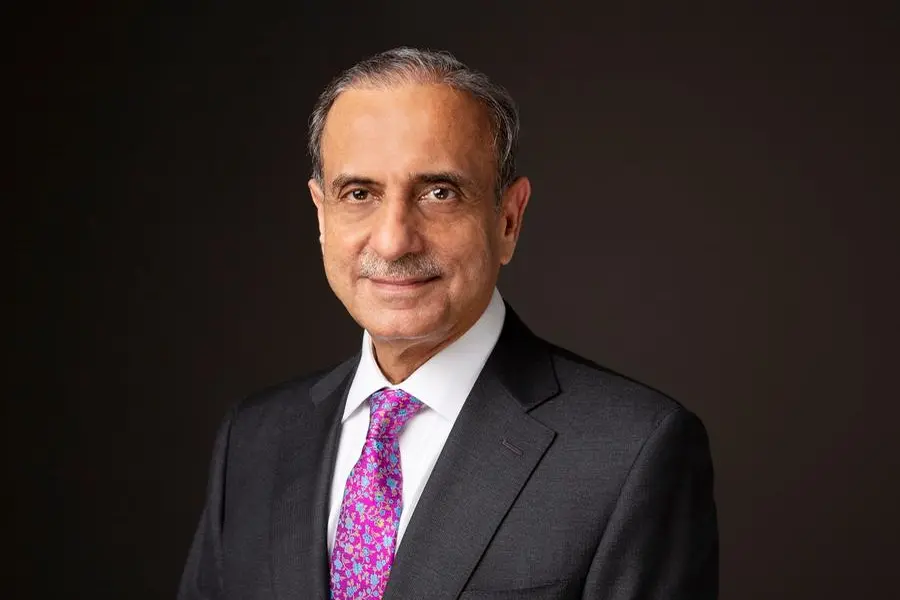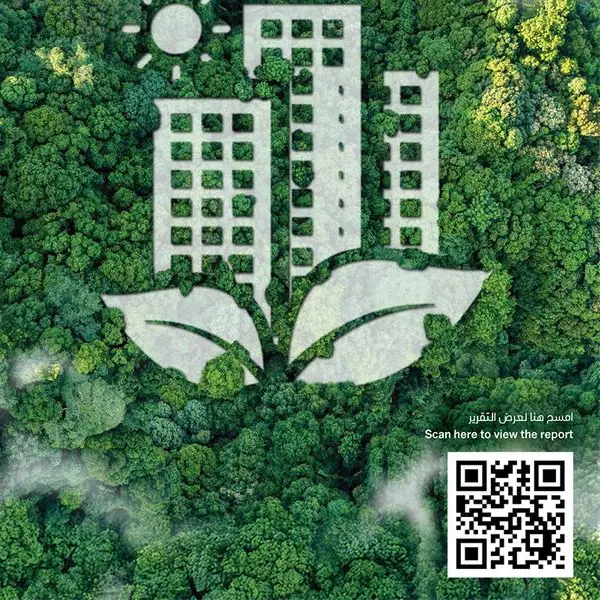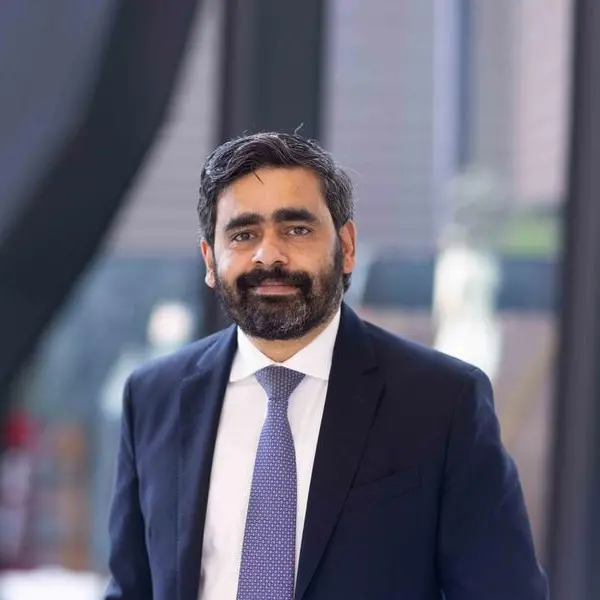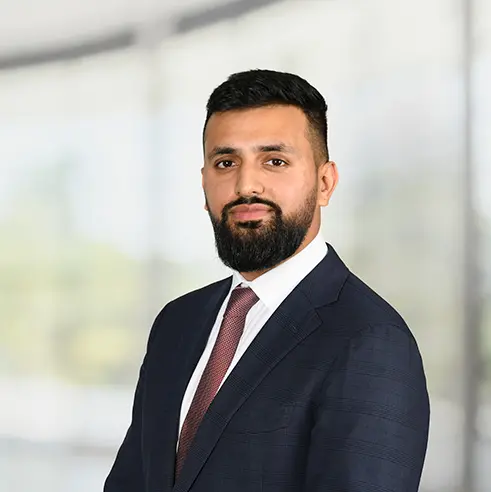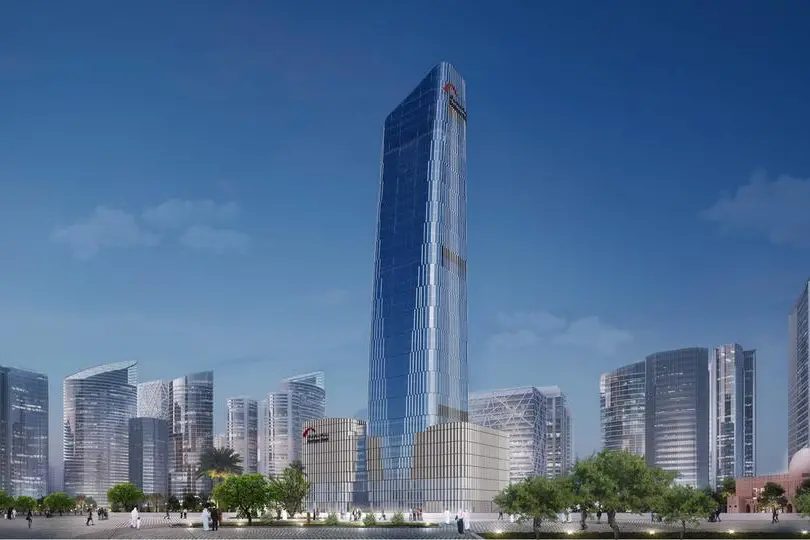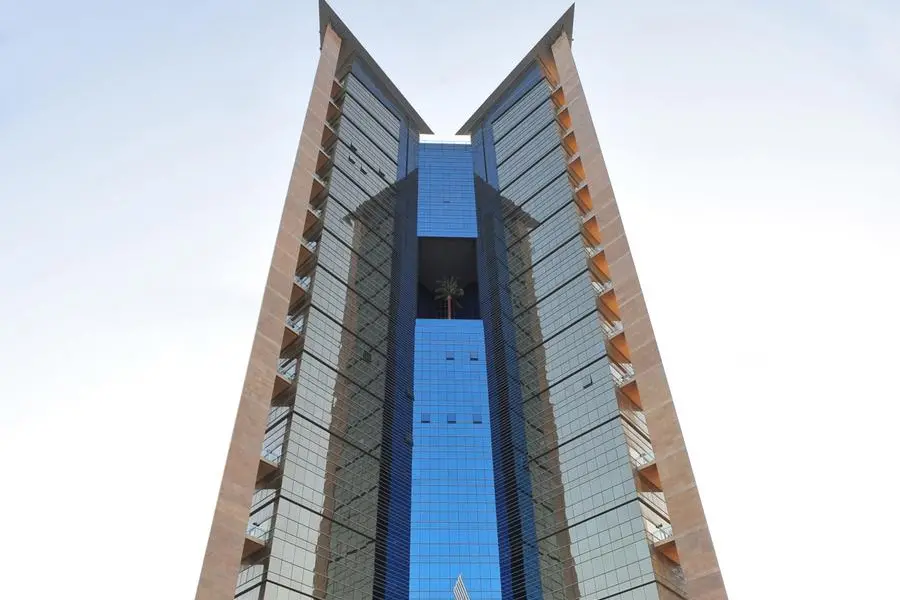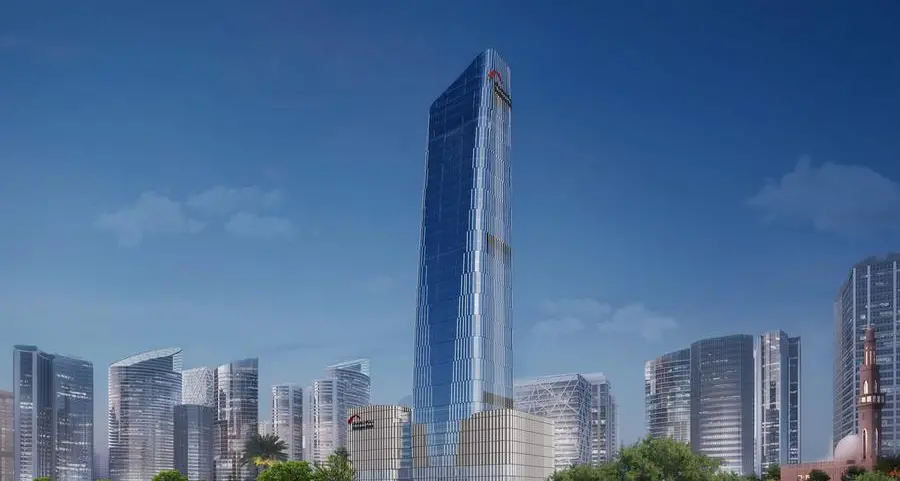PHOTO
Asad Ahmed, Managing Director and Head of Middle East Financial Services at A&M. Image courtesy: Alvarez & Marsal
- Retail lending surged with UAE banks seeing a 19.9 percent growth in retail loans, driving overall lending up by 12.6 percent year-on-year (YoY)
- Banks continue to expand credit outlay which outpaced deposit mobilization
- Cost efficiency and asset quality shone as the cost of risk (CoR) hit a 5-year low at 0.5 percent
Dubai – Leading global professional services firm Alvarez & Marsal (A&M) has released its latest United Arab Emirates (UAE) Banking Pulse for fiscal year 2024, highlighting a positive year for the UAE banking sector. The report shows that most UAE banks have demonstrated robust profitability and improved return ratios, driven by strong lending growth and higher fee income.
Lending growth accelerated to 12.6 percent YoY driven by retail loans (+19.9 percent YoY) while corporate and wholesale loans continued to account for majority of the aggregate loan book (55.5 percent). Deposits mobilization remained healthy at 10.7 percent, driven by Time deposits (+11.1 percent YoY) which increased on the back of higher interest rates environment while current account savings account (CASA) deposits improved moderately by (+8.0 percent YoY). A high interest scenario resulted in Yield on Credit (YoC) and Cost of Funds (CoF) increasing by 91bps and 130bps YoY, respectively. Overall Net Interest Margin (NIM) contracted by 130bps YoY to 2.7 percent.
UAE banks continued their focus on cost efficiency and asset quality, as Cost-to-Income (C/I) ratio remained below 30.0 percent while Cost-of-Risk (CoR) reduced to decade low of 0.5 percent (-25bps YoY). Aggregate earnings increased by 8.0 percent YoY as impairment charges saw a considerable decline of 26.8 percent YoY on back of recoveries / lower write downs. Overall, lower net profitability resulted in return on equity (RoE) and return on assets (RoA) to decline by 87bps and 6bps in FY’24.
The prevailing trends identified for FY 2024 are as follows:
1. Loans & advances (L&A) growth for the top 10 banks improved by 12.6 percent YoY, while deposits growth moderated to 10.7 percent YoY. Consequently, Loan-to-Deposit-Ratio (LDR) increased by 130bps to 76.2 percent, driven by higher lending which outpaced deposit growth.
2. Banks’ aggregate operating income rose by 10.7 percent driven by robust growth in fees and commission income (+22.0 percent YoY).
3. Net interest margin (NIM) declined marginally by 12bps to 2.7 percent amid an environment of falling interest rates; Yield on Credit (YoC) and Cost of Funds (CoF) increased by 70bps and 60bps YoY, respectively.
4. Cost-to-income (C/I) ratio deteriorated marginally by 24bps YoY as aggregate operating expenses increased by 11.7 percent YoY, slower than operating income growth.
5. Coverage ratio declined marginally to 104.0 percent while cost of risk (CoR) reached a five-year low (down by 25bps YoY), driven by lower loan loss provisioning requirements as asset quality improved.
6. As profitability ratios of banks deteriorated, return on equity (RoE) as well as return on assets (RoA) declined by 1.0 percent and 0.1 percent YoY, respectively.
OVERVIEW
The table below sets out the key metrics:
| CATEGORY | METRIC | FY 2023 | FY 2024 |
| Size | Loans and Advances Growth (QoQ) | 9.0% | 12.6% |
| Deposits Growth (QoQ) | 13.4% | 10.7% | |
| Liquidity | Loan-to-Deposit Ratio (LDR) | 74.9% | 76.2% |
| Income & Operating Efficiency | Operating Income Growth (QoQ) | 28.9% | 10.7% |
| Operating Income / Assets | 3.8% | 3.8% | |
| Non-Interest Income / Operating Income | 31.0% | 33.6% | |
| Yield on Credit (YoC) | 11.5% | 12.2% | |
| Cost of Funds (CoF) | 3.9% | 4.6% | |
| Net Interest Margin (NIM) | 2.8% | 2.7% | |
| Cost-to-Income Ratio (C/I) | 28.7% | 28.9% | |
| Risk | Coverage Ratio | 104.3% | 104.0% |
| Cost of Risk (CoR) | 0.7% | 0.5% | |
| Profitability | Return on Equity (RoE) | 19.9% | 18.9% |
| Return on Assets (RoA) | 2.2% | 2.1% | |
| Return on Risk-Weighted Assets (RoRWA) | 3.4% | 3.3% | |
| Capital | Capital Adequacy Ratio (CAR) | 17.1% | 17.1% |
Source: Financial statements, investor presentations, A&M analysis
Mr. Asad Ahmed, A&M Managing Director, Financial Services commented: “Last year saw continued lending growth, primarily driven by a rise in retail loans. Despite a relatively high-interest environment, UAE banks have maintained healthy deposit mobilization and demonstrated strong cost efficiency and asset quality. Although net profitability has seen some pressure, the overall outlook remains positive. As anticipated, rate cuts by the Central Bank of the UAE (CBUAE) have commenced, aligning with the U.S. Federal Reserve's actions. These cuts, coupled with robust economic growth driven by consumer spending, tourism, and construction, positions UAE banks well for continued earnings growth into 2025.”
Methodology:
A&M’s UAE Banking Pulse examines data from the 10 largest listed banks in the UAE, comparing the FY’24 results against FY’23 results. Using independently sourced published market data and 16 different metrics, the report assesses banks’ key performance areas, including size, liquidity, income, operating efficiency, risk, profitability, and capital.
The report also offers an overview of the key developments affecting the banking sector in the UAE and further analysis with a segment view of loans & assets, deposit mix and a stage–wise breakdown of the lending book.
The country’s 10 largest listed banks analyzed in A&M’s UAE Banking Pulse are First Abu Dhabi Bank (FAB), Emirates NBD (ENBD), Abu Dhabi Commercial Bank (ADCB), Dubai Islamic Bank (DIB), Mashreq Bank (Mashreq), Abu Dhabi Islamic Bank (ADIB), Commercial Bank of Dubai (CBD), National Bank of Fujairah (NBF), National Bank of Ras Al-Khaimah (RAK) and Sharjah Islamic Bank (SIB).
About Alvarez & Marsal
Founded in 1983, Alvarez & Marsal is a leading global professional services firm. Renowned for its leadership, action and results, Alvarez & Marsal provides advisory, business performance improvement and turnaround management services, delivering practical solutions to address clients' unique challenges. With a world-wide network of experienced operators, world-class consultants, former regulators and industry authorities, Alvarez & Marsal helps corporates, boards, private equity firms, law firms and government agencies drive transformation, mitigate risk and unlock value at every stage of growth.
To learn more, visit: AlvarezandMarsal.com.
CONTACT: Seán Lawless
Hanover Middle East
